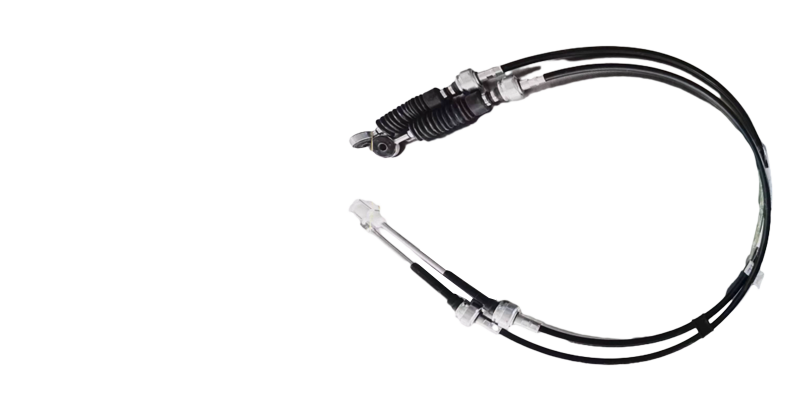Understanding the Importance of Clutch Fluid Line Maintenance for Optimal Performance
Understanding Clutch Fluid Lines Essential for Performance and Safety
The clutch fluid line is an often-overlooked component of a vehicle’s transmission system, yet it plays a crucial role in ensuring optimal performance and safety. This article delves into the importance of clutch fluid lines, their functions, potential issues, and maintenance tips to ensure the longevity of your vehicle’s clutch system.
What is a Clutch Fluid Line?
The clutch fluid line is a component of the hydraulic clutch system, responsible for transmitting hydraulic fluid from the master cylinder to the slave cylinder. This fluid acts as a medium that transfers force, allowing the driver to disengage and engage the clutch smoothly. When the driver presses the clutch pedal, the master cylinder exerts pressure on the hydraulic fluid in the line, which then flows to the slave cylinder, engaging or disengaging the clutch mechanism in the transmission.
Importance of Clutch Fluid Lines
1. Smooth Operation The primary function of the clutch fluid line is to facilitate the seamless operation of the clutch. A well-functioning line ensures that the pedal feels responsive and provides the driver with better control over gear shifts. This is particularly critical for manual transmission vehicles, where precise clutch engagement is necessary for smooth acceleration and deceleration.
2. Safety A malfunctioning clutch fluid line can lead to a failure in the clutch system, which can be dangerous. If the line leaks or becomes blocked, the driver may find it difficult to engage or disengage the clutch, leading to potential accidents. Therefore, regular inspection and maintenance of the fluid line are vital for safe driving.
3. Efficiency The hydraulic clutch system is designed to be efficient, and the condition of the fluid line contributes significantly to overall performance. A compromised line can lead to loss of pressure, resulting in sluggish gear changes and an increase in engine strain, ultimately affecting fuel efficiency.
Common Issues with Clutch Fluid Lines
There are several problems that can arise with clutch fluid lines, including
clutch fluid line

- Leaks One of the most common issues is leaks in the fluid line, often caused by wear and tear, corrosion, or damage from road debris. This can lead to a drop in hydraulic fluid levels, affecting clutch performance.
- Air Entrapment If air enters the hydraulic system, it can lead to a spongy clutch pedal and erratic clutch engagement. This issue typically requires bleeding the system to remove trapped air.
- Clogging Dirt and debris can accumulate in the fluid line, causing blockages. This can impede the flow of hydraulic fluid, leading to sluggish operation or complete failure.
Maintenance Tips
To ensure the longevity and efficiency of your clutch fluid line, regular maintenance is essential. Here are some tips
1. Inspect Regularly Check the fluid line regularly for signs of wear, leaks, or damage. Address any issues immediately to prevent further complications.
2. Replace Fluid Over time, clutch fluid can become contaminated. Flushing and replacing the fluid at recommended intervals can help maintain system integrity.
3. Seek Professional Help If you experience any unusual clutch behavior or suspect issues with the fluid line, consult a professional mechanic. They can perform a thorough inspection and recommend necessary repairs.
Conclusion
The clutch fluid line may seem like a minor component in a vehicle’s transmission system, but its significance cannot be understated. Ensuring that this component is functioning well is critical for smooth operation, safety, and vehicle efficiency. Regular inspections and maintenance can prevent common issues and enhance the overall driving experience. Remember, taking care of the clutch fluid line is just as important as any other aspect of vehicle maintenance.
-
Workings of Clutch Pipe and Hose SystemsNewsJun.04,2025
-
The Inner Workings of Hand Brake Cable SystemsNewsJun.04,2025
-
The Secrets of Throttle and Accelerator CablesNewsJun.04,2025
-
The Hidden Lifeline of Your Transmission Gear Shift CablesNewsJun.04,2025
-
Demystifying Gear Cables and Shift LinkagesNewsJun.04,2025
-
Decoding Clutch Line Systems A Comprehensive GuideNewsJun.04,2025
